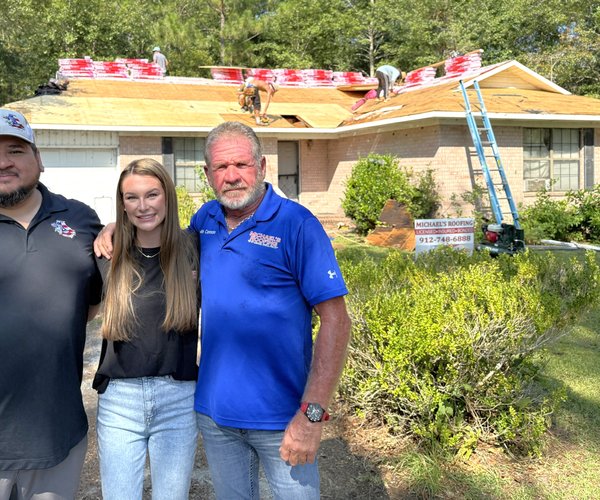The Georgia Emergency Management Agency/Homeland Security advises there is no better time for the public to get prepared for hurricane season. As Superstorm Sandy revealed last year, it only takes one storm to devastate a community.
“History shows that a lack of awareness and preparation are common threads among all major hurricane disasters,” said Charley English, director of GEMA/Homeland Security. “Being prepared before a hurricane hits is the only way to ensure that you will be ready. You can try to make preparations in the midst of a storm’s formation, but it might be too late. By knowing your vulnerability and what actions you should take, you can reduce the effects of a hurricane disaster.”
Storms that form in the Atlantic Ocean, Caribbean Sea and Gulf of Mexico have the potential to bring storm surge, high winds, tornadoes and inland flooding across Georgia. In fact, Tropical Storm Alberto remains the costliest disaster in the state’s history. In 1994, the storm stalled over western Georgia producing catastrophic flooding, damages exceeding $750 million and more than 30 deaths.
Forecasters say the 2013 hurricane season — which runs through the end of November — could be a busy one due to factors including higher-than-normal temperatures in the Atlantic Ocean. According to GEMA, 69 percent of Georgians have not thought about where to go or how to evacuate should a hurricane hit this summer. Another 71 percent do not have a NOAA Weather Radio to warn them of advancing threats, while the same percentage have yet to arrange a family meeting place in the case of disaster.
For preparedness on the go, families can download Ready Georgia’s free mobile app to learn how to prepare for emergencies, create family communications plans and more.
For more information, visit www.ready.ga.gov or www.gema.ga.gov. For specific risks in your area, contact your local emergency management agency.
The AAA offered the following tips for driving on wet roads:
• Check tires: Make sure tires are properly inflated and have enough tread depth. This will allow the vehicle to have better traction and maneuverability on the road. Worn tires with little tread are much more likely to hydroplane on wet pavement, resulting in a loss of braking power and steering control. Check the tread depth of your car’s tires by inserting a quarter upside down into a tire groove. If you can see above Washington’s head at any point, it’s time for new tires.
• Avoid cruise control: This feature works great in dry conditions, but when used in wet conditions, the chance of losing control of the vehicle can increase. To prevent loss of traction, the driver may need to reduce the car’s speed by lifting off the accelerator, which cannot be accomplished when cruise control is engaged.
• Slow down and leave room: Drivers should slow down, avoid hard braking or turning sharply and drive in the tracks of the vehicle ahead of them. Also, it’s important for motorists to allow ample stopping distance between cars by increasing the following distance of the vehicle in front of them. While a minimum of a 3-4 seconds following distance is recommended on dry pavement, it should be increased to 5-6 seconds when driving on wet roads.
• Avoid standing water and flooded roads at all times: There is no way to tell how deep standing water is on a flooded road and driving through it can cause a vehicle to stall and result in severe damage to the vehicle from:
Flooding the engine
Warping brake rotors
Loss of power steering
Short in electrical components
“It’s important that drivers heed official warnings and avoid driving on wet and flooded roads if able,” said Mark Jenkins, AAA spokesman, The Auto Club Group. “If motorists must drive, AAA recommends they drive slower than the allotted speed limit to decrease their chances of hydroplaning and avoid standing water at all costs.”








